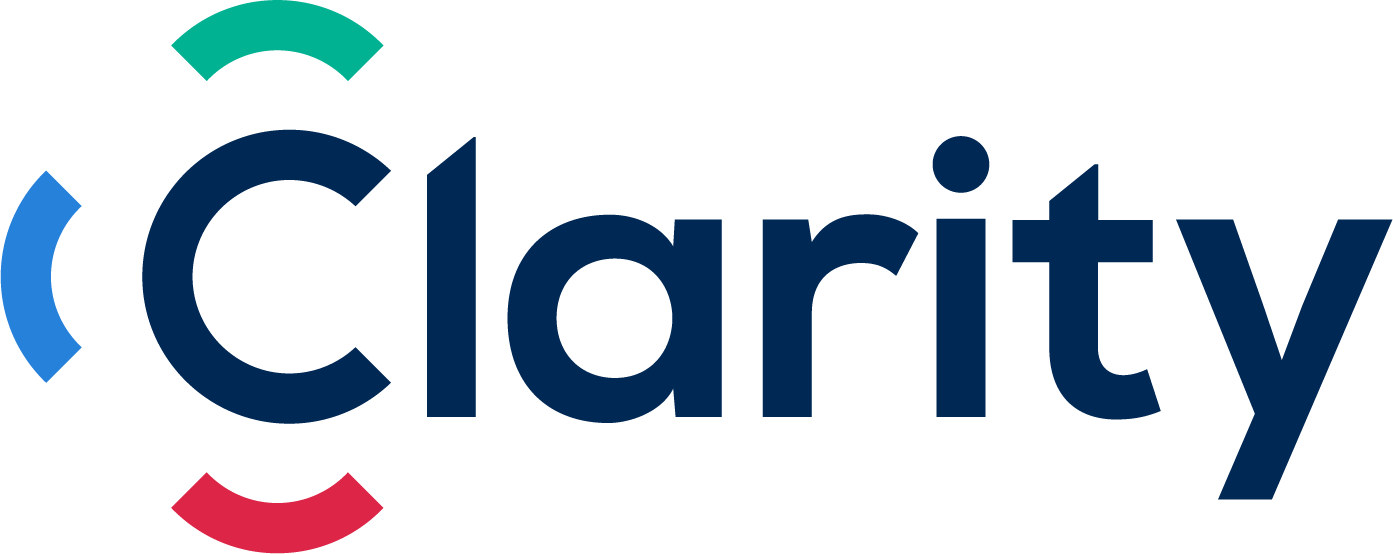Frank, Senior Recruitment Partner at Clarity Recruitment, has over eight years of practical accounting experience, and seven years as a finance recruiter. He lends his extensive expertise to finance professionals across the GTA.
Part 1 of How to Build and Manage Your Professional Brand explored how to define and communicate your professional brand. Part 2 focuses on imprinting your brand on your resume and sharing it online.
Imprinting your brand on your resume
There’s been talk about the death of the traditional resume due to social media profiles, websites and online portfolios, resulting in the growing need for self-promotion. Rumours aside, for most industries – accounting and finance included – the resume remains a candidate’s most important marketing document. The majority of employers still demand a resume to be considered for a position.
This isn’t to say that the role and nature of the resume hasn’t changed. Candidates today should treat their resumes as dynamic, adaptable documents. Consider drafting multiple versions of your resume, each tailored for specific positions or industries. If you’re applying for a senior accountant role, highlight your traditional debits and credits experience. Meanwhile, for a financial analyst position, you may consider emphasizing your strategic and analytic background. More than anything, be specific, and quantify your information, so that recruiters and employers can see precisely – in dollars of revenue, years of experience, numbers of clients, etc. – the value you’ve delivered in previous jobs. Nothing will be more important for establishing your brand than that value.
Make no mistakes – typos, inaccuracies, and misrepresentations undermine your credibility. Be creative but don’t reinvent the wheel. The chronological format is standard for a reason, avoid non-conventional formats. The same goes for style – no pretty paper, no fancy fonts. Let your content do the talking.
Leveraging LinkedIn to publicize your brand
LinkedIn, the professional networking site, has become a fixture of hiring and recruitment. Employers may ultimately ask to see your resume, but your LinkedIn profile will probably be their first point of contact with you as a candidate. Creating and managing a strategic presence on the site is vital to establishing your personal brand.
There are guidelines to help you. First, develop a profile so that your connections can get a sense of what you stand for and what you can do. Be active on the site: follow interesting people, companies and causes. Participate in discussions, post articles and comment on links shared by others. Your LinkedIn activity will provide employers with an idea about where your passions and interests lie, as well as how knowledgeable you are about them.
Approach the management of your online appearance with the same rigor and professionalism that you would treat the job you’re hoping to secure. Make connections with the purpose of building meaningful contacts you can draw upon in your search. Write a message when you’re requesting a connection, especially if they don’t know you. Endorse and recommend them where possible, and they will reciprocate when the time comes.
Stayed tuned for Part 3 of Tips for Accountants: How to Build and Manage Your Brand.
This article originally appeared in the mid-October 2013 issue of The Bottom Line.


